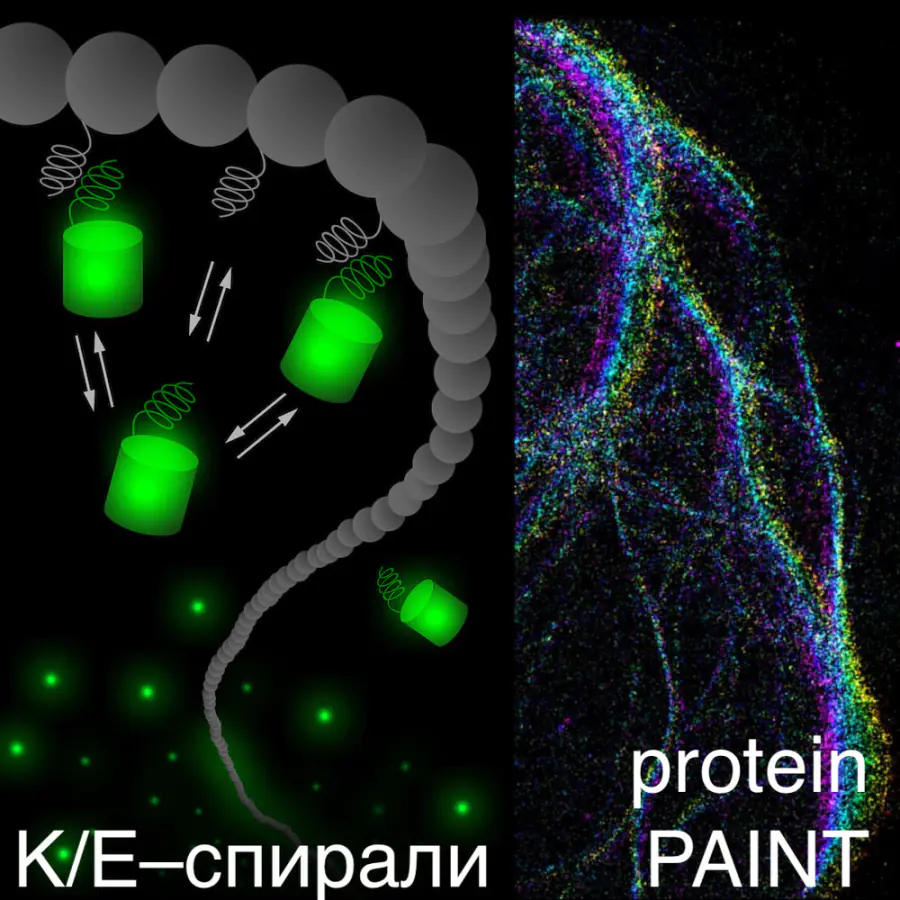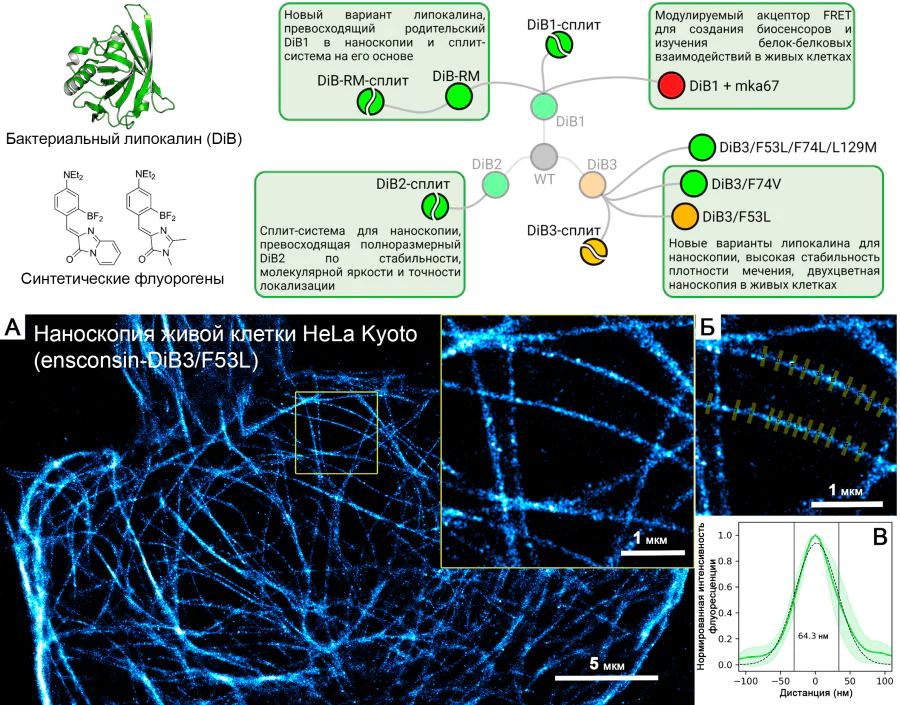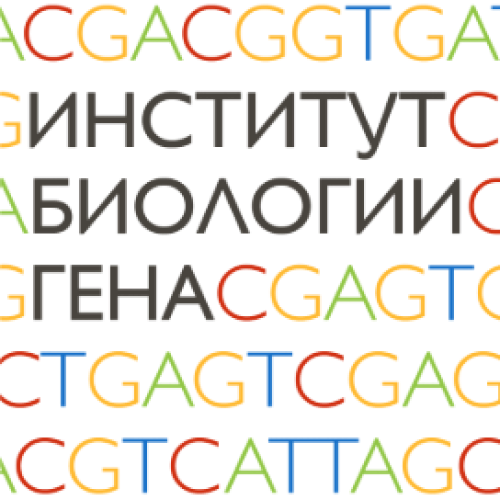Optical Bioimaging Laboratory
Publications
83
Citations
2 798
h-index
26
Authorization required.
The main focus of the Optical Imaging Laboratory is the creation of technologies for optical imaging, the development of new approaches and algorithms for automating the analysis of image data, as well as the creation of fluorescent and luminescent reporter tools based on genetic technologies. Imaging plays an important role in visualizing the physiological and pathological processes of cells in normal conditions, as well as their response to the prototypes of drugs being developed, including antiviral ones. The platform includes the development of genetically encoded biomolecular sensors used to study protein-protein interactions in living cells.
- Fluorescence microscopy
- Confocal microscopy
- Ultra-high resolution microscopy
- Obtaining bacterial and eukaryotic vectors using genetically engineered approaches
- Work with plant cell cultures, agrotransformation
- Cloning the Golden Gate
- Work with mammalian cell cultures, transfection
Research directions
Synthetic biology of agrobacteria
+
This project aims to create a set of well-characterized genetic elements for the synthetic biology of agrobacteria. The creation of such a set will make it possible to quickly and modularly combine various reporter and effector genetic elements into plasmids replicating in agrobacteria with predictable replication and expression levels. The development of a set using modern approaches of synthetic biology will make it possible to create tools that are widely applicable for fundamental research of this important group of bacteria. With its help, it will also be possible to conduct accurate studies of the dynamics and mechanisms of infection of plants with agrobacteria, mechanisms of integration of genomic DNA and interaction with plant chromatin. Finally, tools for genetic editing of agrobacteria and changing their physiological processes will open up opportunities for creating new strains with high efficiency of DNA transfer into non-model plants.
K/E-spirals: fluorescent labeling of proteins and Protein-PAINT nanoscopy
+

One of the specially selected α-helices (K or E) serves as a label for the target protein, and the other is placed on a genetically encoded fluorescent protein. Due to the reversible interaction of K and E-helices, the target protein structure is stained, and the continuous exchange of fluorescent proteins in the complex increases the resistance to photobleaching by an order of magnitude. The small size of the labels (only 2-3 kDa) allows us to preserve the native dynamics of the studied proteins. In addition, this method makes it possible to observe proteins almost immediately after their synthesis. The most interesting was the use of K/E-helices for Protein-PAINT, an ultra–high-resolution localization microscopy based on reversible interacting labels. The continuous exchange of fluorescent proteins between the target cell structure and the cytoplasmic pool ensures a consistently high tagging density even with prolonged shooting. With the help of K/E-spirals, it was possible for the first time to implement the concept of Protein-PAINT nanoscopy using only genetically encoded reporters.
Fluorogen-activating proteins, nanoscopy and protein-protein interactions
+

Creation of tags based on ligand-binding proteins and synthetic fluorogens for use in nanoscopy of living cells, as well as as modulated FRET acceptors for the study of protein-protein interactions.
Publications and patents
Found
Nothing found, try to update filter.
2022
—
2024
| Мишин Александр Сергеевич
2016
—
2018
| Мишин Александр Сергеевич
Lab address
Москва, ул. Миклухо-Маклая, 16/10 к1
Authorization required.







